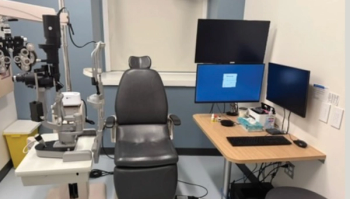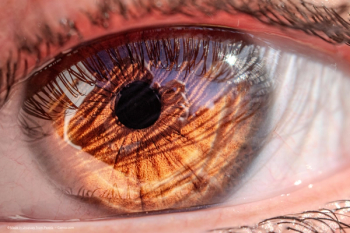
Ciliatech presents data on first-generation implant at World Glaucoma Congress
Preliminary results indicate significant improvement for patients and ‘very good safety profile’
At the World Glaucoma Congress, Ciliatech announced preliminary results of the second two-year post-operative clinical trial (SAFARI Ⅱ) on its Cilio-scleral Interposition Device (CID). Observations in patients showed that CID is not only safe, but 88% of patients no longer required glaucoma prescription medication.1 Since the 12-month follow-up visit, there have been no new adverse events reported.
The trial was completed under the supervision of principal investigator Dr Lilit Voskanya, ophthalmologist, MD, PhD and head of the Glaucoma Department in Ophthalmology at the Malayan Center.
According to a news release from Ciliatech, the patients in the study had Primary Open-Angle Glaucoma, which was not controlled by glaucoma medication, and none had previously had a glaucoma surgery.1 They each received two samples of a first-generation CID implant as a standalone procedure, using the cilio-scleral surgical technique. Patients were then prescribed a prostaglandins treatment for up to one month. IOP, medications and safety parameters were controlled during several follow-up visits by the principal investigator. None of the patients needed additional incisional therapy, laser or other adjunctive treatments.
Ciliatech views the SAFARI II results obtained as clinically meaningful, with 95% of patients below 21 mmHg (81% below 18 mmHg), and 90% free of medication at 24 months, with no treatment failure.1
“On top of the very good safety profile, we are particularly satisfied with the high number of patients free of medication at 24 months, adding to the positive prognosis for prolonged effect. This significantly improves patient quality of life, which is the expectation following surgery,” said Dr Philippe Sourdille, co-founder of Ciliatech and inventor of CID.
Ciliatech described CID as a groundbreaking device disrupting traditional approaches in glaucoma surgery. It is the first implant that enables surgeons to prolong reduced IOP while bypassing the anterior of the eye and sparing the conjunctiva.
Reference
1. Ciliatech Presents Two-Year Post-Operative Results on New Cilio-Scleral Surgical Approach for Treating Glaucoma. Press release. Andrew Lloyd and Associates. June 28, 2023. Accessed June 29, 2023. https://ala.associates/clinical/ciliatech-presents-two-year-post-operative-results-on-new-cilio-scleral-surgical-approach-for-treating-glaucoma/
Newsletter
Get the essential updates shaping the future of pharma manufacturing and compliance—subscribe today to Pharmaceutical Technology and never miss a breakthrough.









































